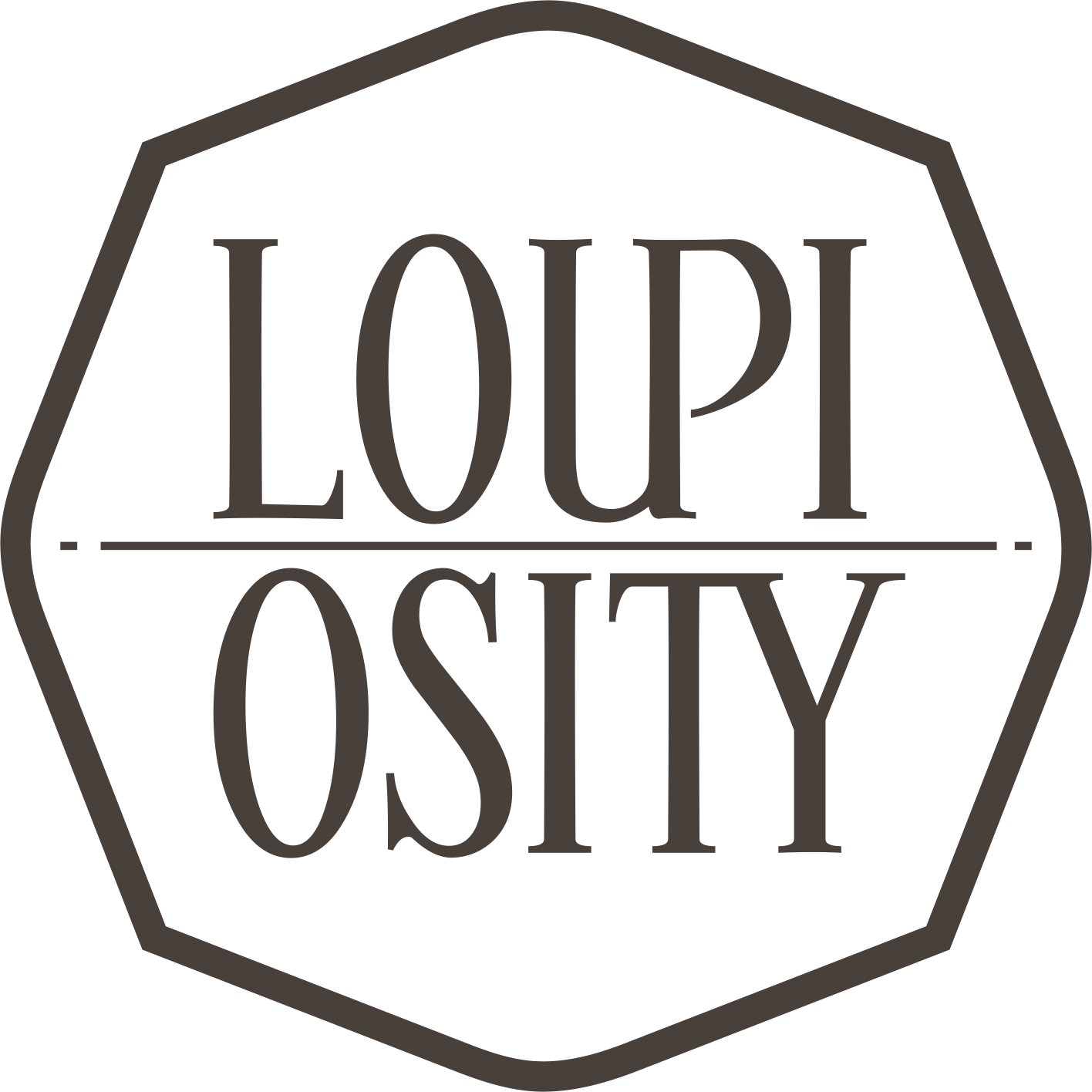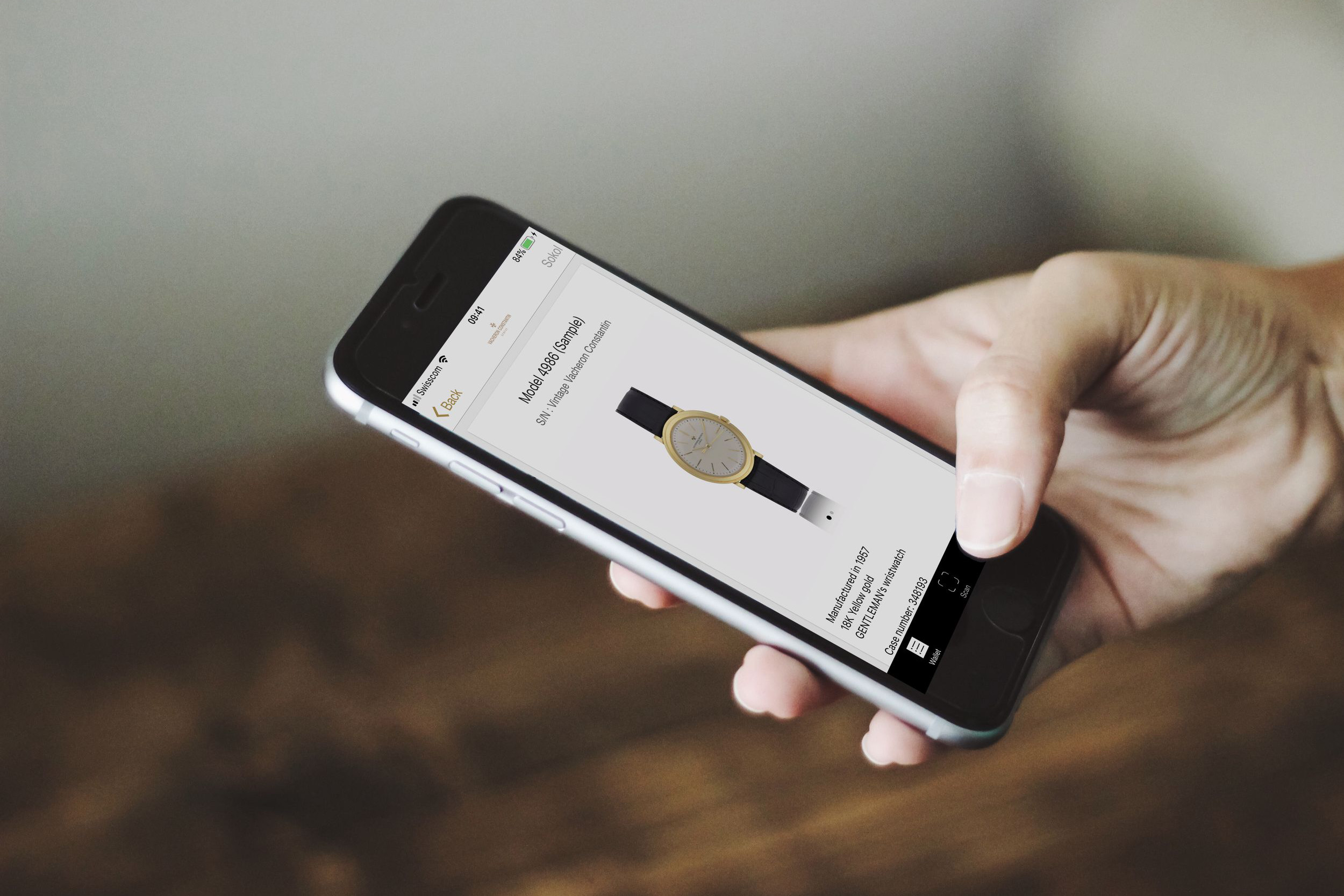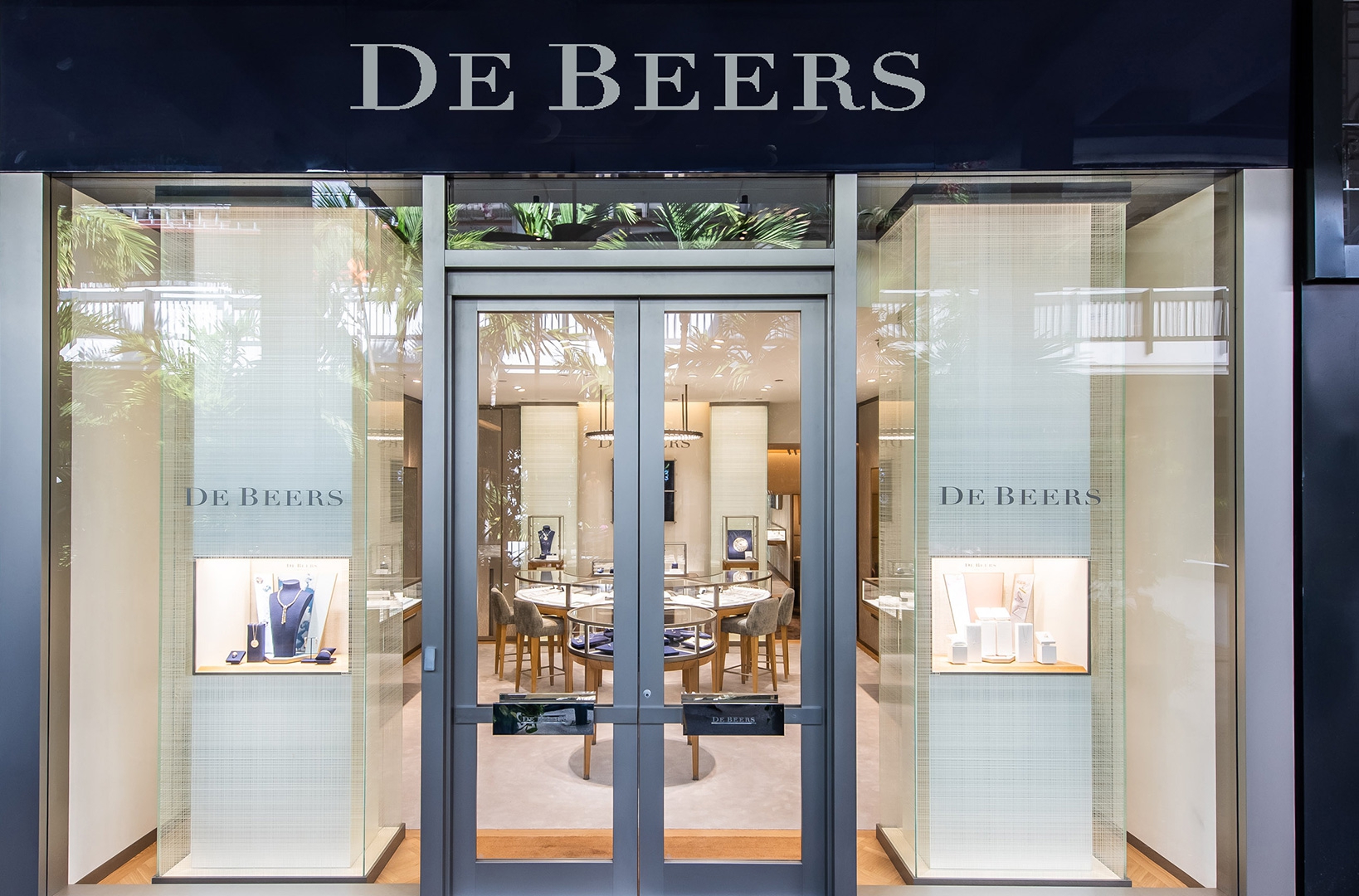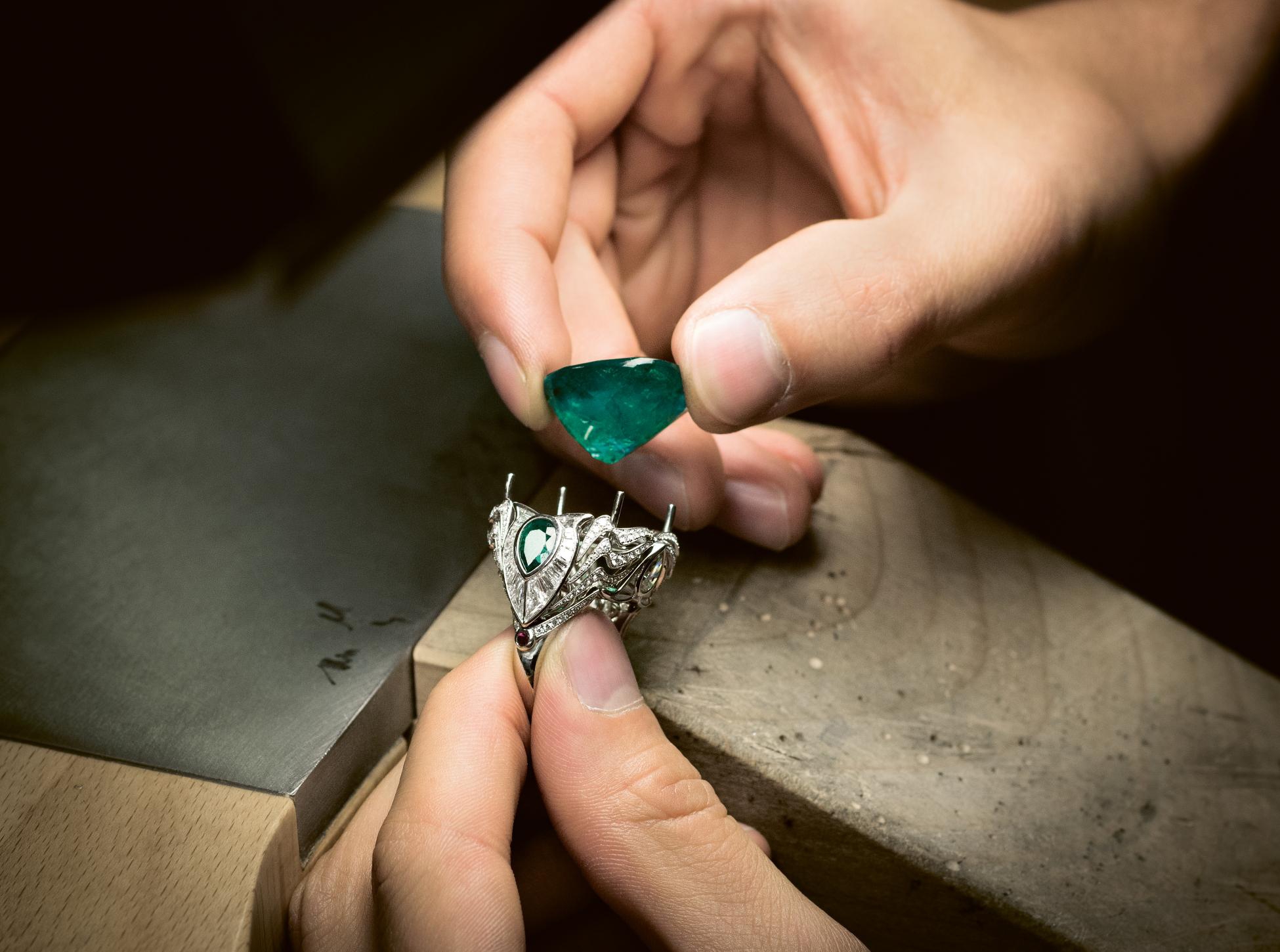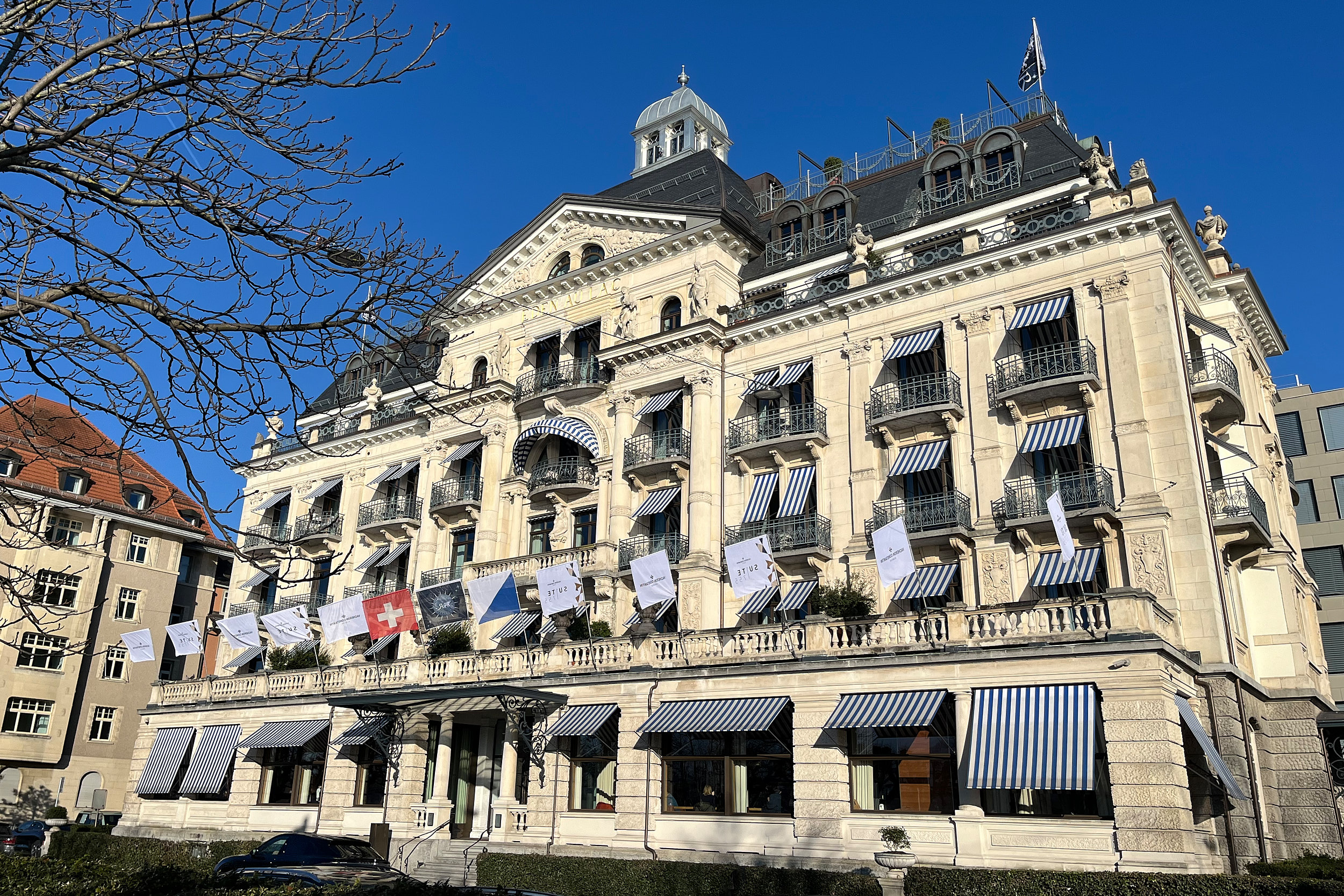The blockchain technology has fuelled conversations outside the financial markets too, including the luxury sector. In this article we delve into the technology in a very simplistic manner, the potential use in this sector and the directions luxury giants have taken.
Obsessed with traditions and crafting for the well-established and elder members of society, the high-end watch and jewellery making industries have been rather successful in ignoring the faster rotation pace of the world. Up until recently trends such as targeting self-conscious women, the demand for transparency, sustainability or conversing with potential buyers on multiple digital and offline channels simultaneously have not hit these companies’ threshold. Had the behaviour of customers not changed dramatically and grew a new populous generation approaching luxury totally differently, watch and jewellery making would still compete on polished legacies. But it did, thus we can witness the path-finding of brands in responding to demands – many seemingly disconnected from the original products and business activities. It urges them to explore new technologies, touch-points and working processes upon which hard-core industry veterans look with doubts and worries. Who thought online information sources combined with the revolution of online trade and shipping would force retailers to redefine their future roles in the chain, right?
However, new technologies in itself are no silver bullets. Some make more business sense in the luxury sector, others less. How and when you apply them influence their potential impact. At the current speed of technology advancement, identifying the right ones and experimenting with the pattern of their application for the business is a true source of innovation, although it’s not straight-forward at all. A decade ago the adoption of technologies was much slower with big overheads on implementation and support. Today it is faster by one order of a magnitude and it too requires the agile adaptation by the organisation involving people, after all. It is quite extraneous to most of these traditional companies used to operating at a slower pace. No wonder why watchmaking and jewellery companies are lagging so far behind in using social networks for servicing customers compared to segments such as fashion, for example.
One of the blockbuster hypes of the past 10 years have been the crypto currencies (e.g. Bitcoin) and their foundation technology: the blockchain. Putting the Bitcoin ‘heroes and has-beens’ stories aside and the maturity of these as a financial savings/investment/currency instrument, the underlying blockchain technology has fuelled conversations outside the financial markets too, including the luxury sector. Searching for the viable use and the applicability of this technology, major luxury players have launched proof of concepts with tech leaders and business partners along their respective supply chain, among them Richemont, De Beers, HRD Antwerp, Gübelin and more.
In this article we delve into the technology in a very simplistic manner, the potential use in this sector and the directions luxury giants have taken.
Blockchain
The idea of the blockchain originates in 1991 and it was intended to timestamp a series of documents and ensure that they cannot be backdated or edited. As the name suggest it contains blocks that are linked together in a sequence forming an open immutable ledger. The ledger is not in a central location, but is distributed between the parties who build up the blockchain network. Each member of the network has a copy of the ledger, no one ‘owns’ it.
The blocks contain data of any kind (depending on the type of the blockchain) and when added to the chain they cannot be modified any longer or at least it becomes extremely hard to tamper with. The content of the block is hashed, meaning that a fixed length encrypted character ‘fingerprint’ is generated by an algorithm. Changes to the data in a block would cause the change of the hash fingerprint too. Blocks also contain the hash fingerprint of the previous block on the chain – this is what links the blocks together into a chain. It also makes tampering so hard since you would need to update all subsequent blocks with newly calculated parent fingerprints.
When a new block is added it is done by a consensus on the network about which blocks are valid and which blocks are not.
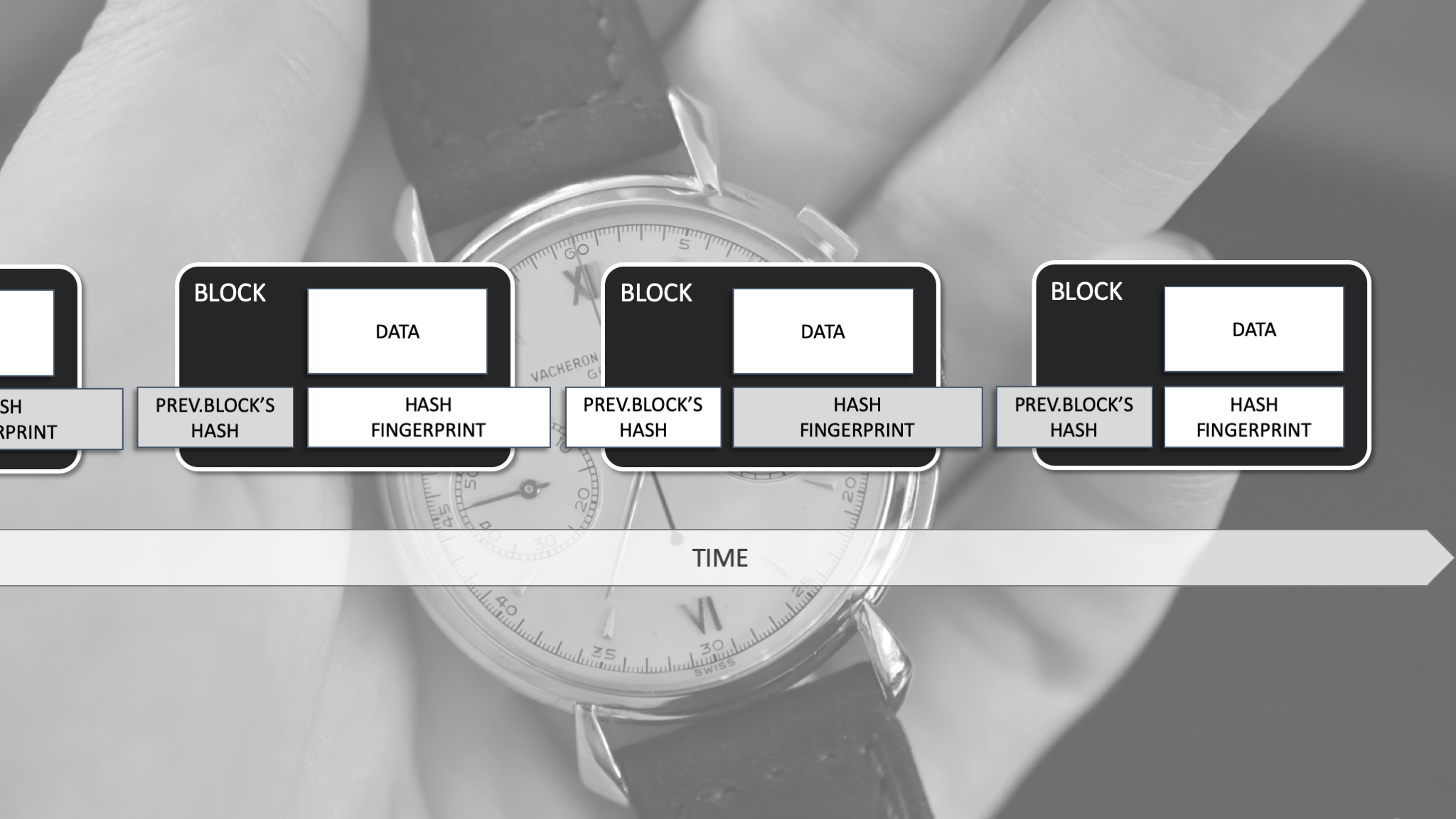
What can blockchains be used for?
Being a secure, immutable distributed open ledger, you can use it to track any series of transactions or events in an audit-proof manner.
In case of crypto currencies the blocks contain the details of financial transactions between parties: the amount, the sender party and the receiving party.
However, you can also build up a blockchain of personal medical history, or vehicle history, or a container delivery history for a shipment company. Blocks of these blockchains could contain different types of data. For instance, in the vehicle history case, blocks could contain photos of the car done during the official service inspection along with details of the service including the date, the name of the mechanic or even the identifiers of the replacement parts. Upon selling the car, the ownership transfer would also be one event on the chain. The new owner could view all previous events related to the newly acquired vehicle.
Larger consortiums are taking shape to use blockchains in large and complex supply chains involving a diverse partner network. They aim to tackle the challenge of following the route of a single product through geographies, partners and contracts via a common ledger accessible to all parties. An interesting example is Tradelens, the platform IBM and Maersk has put together for tracking global shipments.
How can blockchains be used in the luxury sector?
The above examples have probably given you ideas about how the typical challenges of the luxury sector can be addressed with the blockchain. For instance, the flow and usage of raw materials and gemstones from the mine through the dealers, cutters and jewellers to the customer can be tracked. Or why not continue the journey of the final product with any events that impact the qualities and the ownership of the item. Such a blockchain can show the full provenance allowing no subsequent changes of data. Looking at the intense auction life these days, this could also help vintage lovers get clarity on the lot they are about to bid on.
A watch could be delivered to the owner with a history of all inner parts (new or serviced) with details including which production line that part comes from or who installed it and when. The servicing history and all major events of the timepiece throughout its entire lifetime could live together in the same ledger, accessed from a mobile app or in a browser.
Getting information in such a detail entails a huge overhead, however looking at the examples of the diverse supply chains as the global shipping above or the manufacturers of complex products (such as a car), this could be very feasible for even a 500+ parts watch.
The challenges of using blockchain in the luxury sector
The technology has been used to follow financial transactions for a decade now. Large tech providers are developing industry solutions based on the blockchain, so even if there would be potential bottlenecks or technical limitations, they could overcome them quite soon, I believe.
Therefore I would like to focus on two other topics.
Willingness to be transparent
The #1 challenge is the luxury industry’s willingness to be transparent. A blockchain solution in such a diverse environment with so many actors requires the controlled participation and data sharing of all these parties throughout the process.
If you look at the Kimberly Process only, which has aimed to eliminate the trade in diamonds being used to finance civil wars, the efficiency has been far from satisfactory. Just like at KP, the efficiency points far beyond certificates, technologies and contracts. By the way, for an EU initiative the KP is also being reviewed and tightened by the UN General Assembly.
It is eventually the customers’ increasing demand for sustainability and transparency that may force companies to move away from appearances to taking real actions.
Ensuring the authenticity of information stored on the blockchain
The blockchain ensures that data in the blocks cannot be tampered with. However, it cannot verify whether the uploaded data is authentic. This means that you can add an event to the history of a watch, but what if that event never happened (e.g. a servicing)? Or how can you make sure that the gemstone you are looking at set in a ring is exactly the one described by the blockchain ledger?
This opens two security topics that has to be taken care of. One is that the process of adding blocks to the chain must be controlled, including the players who can add such information. Even if I’m the owner of a watch I should not be able to add servicing information to my timepiece’s blockchain – it should be reserved to authentic service providers. Second, the physical identification of the item must be assured when adding information to the blockchain – I need to make sure that the information added goes to the blockchain of the appropriate item. This could be tricky due to the size and properties of the materials and the complexity of items (like a watch). This drives the development of advanced identification technologies let it be molecular-sized, visual or biotech solutions.
In cases when such techniques cannot be made available, the trusted retail and servicing partners may step up into a new role.
Proof of concepts in the luxury sector
Due to its novelty and the breath of application possibilities the usage of blockchain is being experimented. Proof of concepts might result in completely new business models even in such a traditional world like jewellery and watchmaking.
Below are a few projects from the industry that have already been announced:
Richemont – Vacheron Constantin
Part of Richemont Group’s evaluation of the technology, Vacheron Constantin has adopted a blockchain based certification process for the Les Collectionneurs curated second-hand timepieces. The brand has been offering this selection of restored watches since 2008. With the independent Arianee blockchain project, they create digital certificates of authenticity, which follow watches throughout their lives, even if that involves several owner changes. A unique number is thus assigned to a unique object, making the two inseparable and securing data relating to the property, value, nature and authenticity of the timepiece.
‘This certification creates bridges and interactions between customers, their watches and our Maison. By securing via Blockchain, we can now track our products throughout their life cycle and communicate with their owners without asking them to compromise their anonymity.’ – explains Angela Au-Yeung, Chief Digital Officer Vacheron Constantin.
Pierre-Nicolas Hurstel, CEO Arianee, added: ‘We are proud to have been able to allow Vacheron Constantin to issue the certificate of authenticity using Blockchain technology. Digital identities will transform the way we own valuable assets and Arianne couldn’t dream of a better first step than this pilot program as we continue on our path to building a global standard.’
This pilot project was presented this May at Viva Technology 2019 in Paris, France.
UPDATE – 5 November 2020
Initially reserved for its vintage watches from Les Collectionneurs collection, now all Vacheron Constantin timepieces will be delivered by the end of 2021 with a blockchain-based digital passport, secured by the Arianee technology. The success of the first test phase has prompted the Maison to extend this certification to all its timepieces. Vacheron Constantin customers will also be able to register and authenticate their timepieces throughout their lifetime via their very own dedicated platform: The Hour Club.
Tracr by the De Beers Group
De Beers Group, which owns over one third of the global diamond market, announced the launch of Tracr their blockchain-based diamond tracking platform in 2018. By May, they have successfully tracked 100 high-value diamonds along the value chain during the pilot.
Each gemstone received a unique Global Diamond ID in the Tracr system which stores individual diamond attributes such as carat, colour and clarity through integration with the participants’ existing record-keeping systems. An immutable digital trail for each physical diamond is secured, assuring its provenance and traceability from rough to polished. To support this process-based tracking, Tracr will also be using stone images, planned outcome images and a diamond’s physical properties to verify authenticity through data science and physical identification techniques. Tracr verifies the uploaded data at each key milestone of a diamond’s journey – ensuring its accuracy and continuity – while enabling users to be in full control of what they share with other participants through the use of privacy controls.
‘The Tracr project team has demonstrated that it can successfully track a diamond through the value chain, providing asset-traceability assurance in a way that was not possible before. This is a significant breakthrough made achievable by the close engagement of the pilot participants who share our commitment to industry progress and innovation. We look forward to sharing the platform with more partners in the coming months and capturing their insights before ultimately making this technology available to the broader industry’, says Bruce Cleaver, CEO, De Beers Group.
Provenance Proof Blockchain by Gübelin and Everledger
The Gübelin Gem Lab announced the first coloured gemstone blockchain in cooperation with technology provider Everledger. The aims of the Provenance Proof Blockchain is similar to Tracr and it went live at the Tucson gem show in February 2019.
Raphael Gübelin, President of the House of Gübelin, says: ‘I am pleased to see that the cooperation with Everledger has proven so highly effective and efficient. We have decided to make the Provenance Proof Blockchain accessible to everyone, free of charge, and have it managed independently from our existing businesses. The Gübelin family is proud to make this contribution to foster transparency in our industry.’
UPDATE
2020 April – ‘Czapek Geneve teamed up with Adresta AG, a Swiss start-up digitally connecting watch manufacturers with retailers and collectors by transforming the timeless paper certificates into encrypted digital certificates. Adresta’s solution makes the history of every produced watch accessible, providing trust and transparency. Every step from manufacturing, guarantees, certificates, to servicing and the passing on to the next owner or inheritor can be securely stored in Adresta’s distributed ledger.’ – Source: Czapek & Cie.
Photo credits: Vacheron Constantin, Gübelin, De Beers, IBM, Maersk, Simply explained, Loupiosity.com.
All registered trademarks are property of their respective owners.
All rights reserved.
